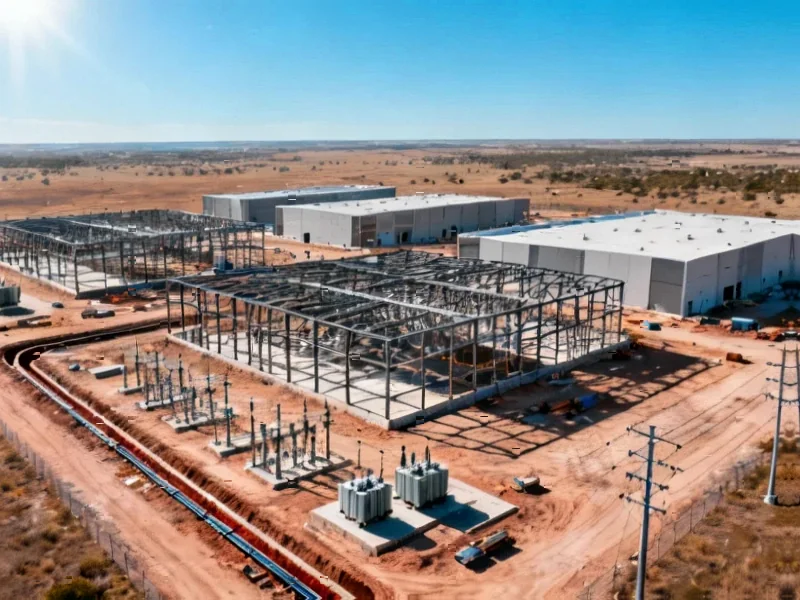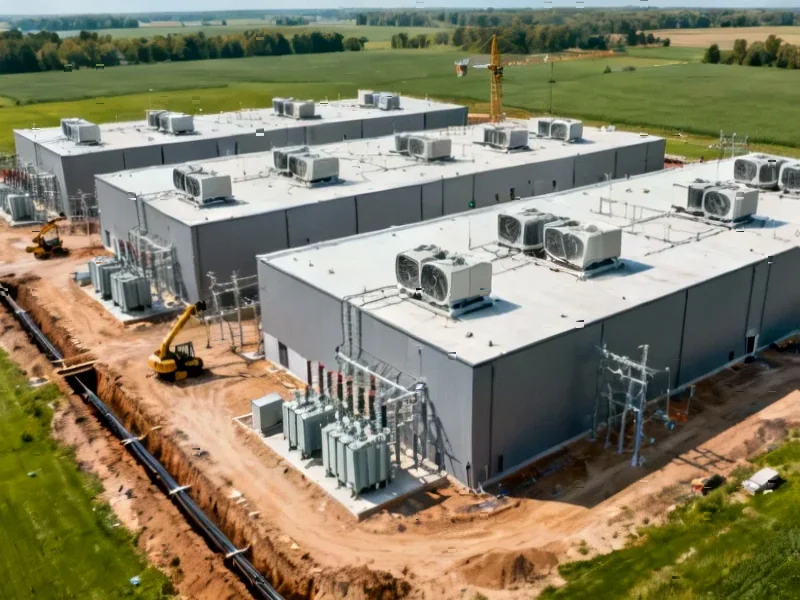According to POWER Magazine, data centers now regularly exceed 100 megawatts per site, making energy access the single biggest factor in where they’re built. Developers are increasingly clustering these facilities near abundant natural gas resources across key U.S. regions. Texas leads with its ERCOT market and Permian Basin access, while the Appalachian Basin leverages Marcellus and Utica shale gas. Other hotspots include the Midcontinent region, Rockies, and Gulf South areas near LNG terminals. This proximity strategy activates complex legal requirements spanning FERC oversight, state utility commissions, environmental permitting, and sophisticated energy contracts that must account for price volatility and emissions regulations.
The Energy Reality Check
Here’s the thing – natural gas supplies over 40% of U.S. electricity, and for data centers that can’t afford downtime, that reliability is everything. These facilities need what’s called “dispatchable” power – energy you can count on 24/7, not just when the sun’s shining or wind’s blowing. So clustering near gas fields isn’t just about convenience; it’s about survival in an industry where minutes of downtime can cost millions.
But this creates a fascinating tension. On one hand, you’ve got these tech companies making big ESG commitments and sustainability promises. On the other, they’re building their most critical infrastructure dependent on fossil fuels. It’s like trying to drive with one foot on the gas and one on the brake.
Regional Battle Grounds
Texas is basically the wild west of data center development. The ERCOT market lets companies buy power directly and build their own generation without utility oversight. That’s incredibly attractive for hyperscale operators who want control. But remember the 2021 winter storm? That “energy-only” market structure means you’re exposed to crazy price spikes when demand outstrips supply.
Meanwhile, in Appalachia, you’re dealing with a patchwork of state regulations. Pennsylvania’s DEP, Ohio’s EPA – each has their own requirements for air emissions and backup generation. And let’s not forget the ongoing debates about fracking that can suddenly change the regulatory landscape. It’s like playing regulatory whack-a-mole across three different states.
The Legal Minefield
The contracting alone is enough to make your head spin. We’re talking power purchase agreements that might run 15-20 years, gas tolling arrangements, and fuel supply contracts that distinguish between firm and interruptible service. Get one clause wrong about price volatility or interruption contingencies, and you could be looking at millions in unexpected costs.
And then there’s the environmental compliance layer. Clean Air Act permitting, water quality certifications, state environmental reviews – it’s a regulatory obstacle course. The really tricky part? Growing investor pressure and proposed SEC climate disclosure rules are forcing operators to be more transparent about their carbon footprint. Basically, you can’t just quietly run on gas anymore – someone’s always watching.
The Hybrid Future
So what’s the solution? Most developers are going hybrid. They’re pairing natural gas with Renewable Energy Credits, carbon offsets, and on-site solar or battery storage. It’s like having your cake and eating it too – you get the reliability of gas while checking the ESG boxes.
But here’s the million-dollar question: How long can this balancing act last? States like Oregon, Virginia, and Illinois are already considering restrictions on fossil-fueled generation for new data centers. And with Inflation Reduction Act incentives making renewables more affordable, the economics are shifting rapidly.
The bottom line? Natural gas isn’t going away tomorrow – the practical need for baseload power is too real. But the legal teams advising these projects need to be part energy expert, part environmental lawyer, and part fortune teller. Because in this game, the rules are changing faster than anyone can build the infrastructure.




